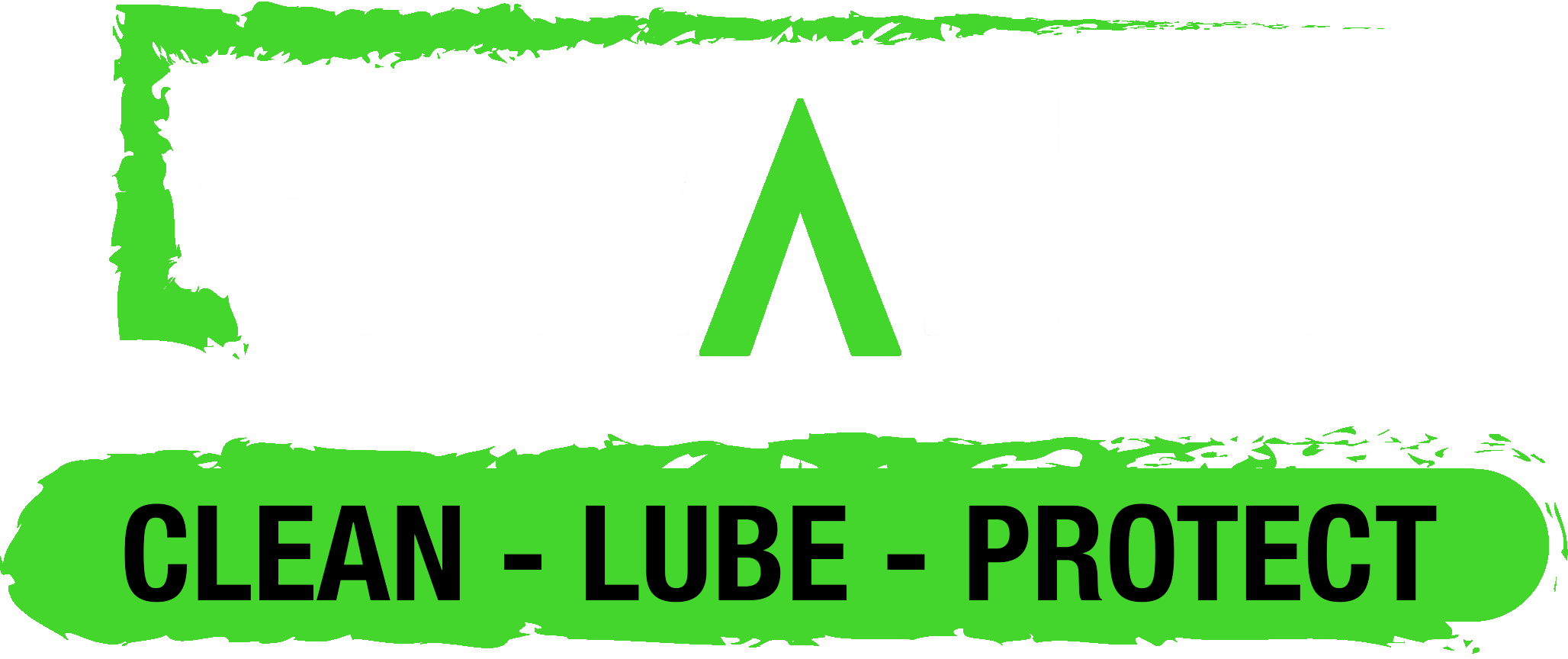We could talk about marketing or we could simply talk about how the tread size has evolved over time. A diachronic sequence that has undoubtedly brought advantages on comfort in the saddle, passing over the years to an ever greater section of clinchers / tubulars / tubeless tires for racing bicycles.
Let’s start with marketing
We often hear about planned obsolescence in the world of technology. Appliances that do not work after a certain period of time and smart phones that become too slow to keep up with new computer system upgrades installed. But is all this also applicable to the clincher of our racing bicycle?
28 mm clinchers
The tires and tubulars are what we could define as consumables (i.e. you change due to wear) and consequently that the company sells a 28 or 25 tire does not matter at the marketing level. The speech is slightly different if we look at the bicycle and rim. It is not certain that both will be able to accommodate a 28-inch clincher.
If you have purchased a bicycle with disc brakes then you can mount a larger section clincher, otherwise you will need to check the fork and brake passage.
Therefore, in our opinion, the introduction and increasingly marked use of 28 mm tires is not a commercial strategy to force enthusiasts to upgrade.
The 28mm clincher is smoother than the 25mm clincher
Some studies show yes as long as the road is bumpy. The greater footprint left by the tire affects driving comfort and safety. With the same road surface, such as a cobblestone, the 28 clincher will certainly prevail over the 25 one but things change if we talk about well-preserved asphalt. with section from 28 mm to those with sections of 25 and then try again the classic 25 mm clincher.
The 28 mm tubular offers greater stability, greater confidence in cornering and a lot of comfort facilitated by lower inflation pressure than the 25 mm one. To test the difference, we mounted tubulars with a section of 25 on the same rim.The rapidity of sprint uphill and on the flat, thanks to the greater inflation pressure, made the bicycle more reactive and snappy, also giving us a greater average of the same ride and a feeling less heavy pedaling.
If you don’t care about average speed, don’t compete and love comfort then the 28 section is the choice of choice, but if you are competitive and ride on well-preserved road surfaces then the 25 section would seem more suitable. Not only that, obviously a 28 mm clincher for those who love lightness will be heavier than a 25 mm one. one with 25 mm section. An increase of 60 grams for our bicycle.
Considering that to save grams you can also spend hundreds of euros more for a lighter carbon bicycle component, we will have to weigh all the pros and cons.
Pros and cons of the 28mm clincher
Pros
- Comfortable Greater
- safety when cornering
- Lower inflation pressure
- Smooth running on uneven road surfaces
Cons
- Weight
- Smooth running on smooth and preserved asphalt
